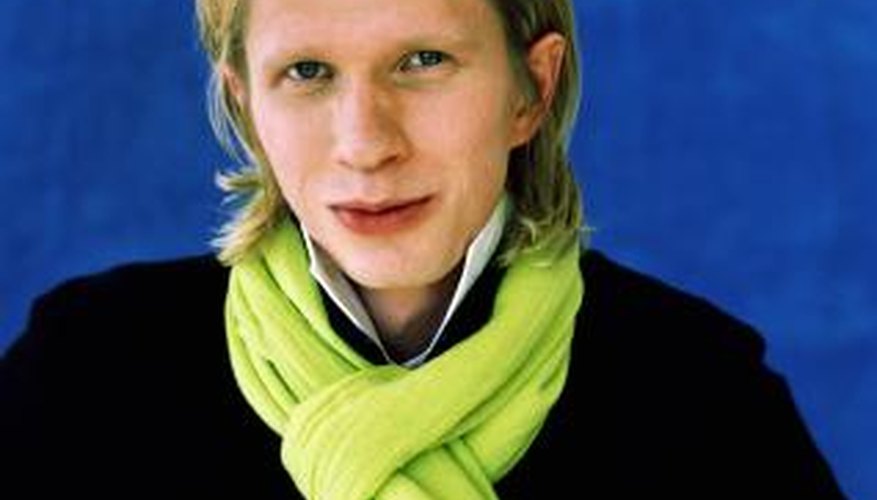Men's clothing in Russia underwent a series of drastic changes in the 1900s, from the traditional Russian folk costumes seen at the end of the Czarist era to the adoption of Edwardian-era European dress, the development of new and colourful styles in the 1920s, and the rejection of both colour and individual expression due to Communist orthodoxy.
Traditional Men's Clothing
The traditional folk costume for Russian men consisted of a side-fastened shirt made of cotton, wool or silk and known as a Kosovorotka. This was worn with a pair of tight trousers and either boots or bast shoes. From the late 19th-century onward, a cap with a visor was also worn.
The Prokudin-Gorskii Photographs
Shortly before the First World War and the Communist Revolution, a photographer named Sergei Mikhailovich Prokudin-Gorskii documented the life of Czarist Russia in a series of photographs. The clothing and customs of many different ethnic groups and social classes can be seen in these pictures. For instance, in the photograph "Three Generations" from 1910, Prokudin-Gorskii documented the traditional folk costume of a Russian man and the more contemporary European fashion of his son and granddaughter. Other photographs show the clothing styles of a Turkmen camel driver and a Central Asian melon vendor.
- Shortly before the First World War and the Communist Revolution, a photographer named Sergei Mikhailovich Prokudin-Gorskii documented the life of Czarist Russia in a series of photographs.
- For instance, in the photograph "Three Generations" from 1910, Prokudin-Gorskii documented the traditional folk costume of a Russian man and the more contemporary European fashion of his son and granddaughter.
The Constructivists
In the early years of the Russian Revolution, new clothing designers such as V. Stepanova and Alexander Rodchenko designed mens' athletic costumes different from both the traditional costume and European styles. These new designers called themselves the Constructivists, and their clothes were based on geometric shapes and brilliant colours designed to be used by different sports teams. The Constructivists tried to make clothing that was comfortable, useful and colourful.
Soviet Conformity
From the later 1920s on, Soviet culture increasingly emphasised conformity and punished displays of individual expression. Those who wore bright colours were referred to as "stiliaga" or "bourgeois degenerates." For a designer, this could result in expulsion from the Textile Institute, which was the only source of education in clothing design. The result of this was the grim, conformist look of 20th century Russian clothing. Men wore clothes that were modern in design but extremely plain, in dark or muted colours exclusively.
- From the later 1920s on, Soviet culture increasingly emphasised conformity and punished displays of individual expression.
- For a designer, this could result in expulsion from the Textile Institute, which was the only source of education in clothing design.
